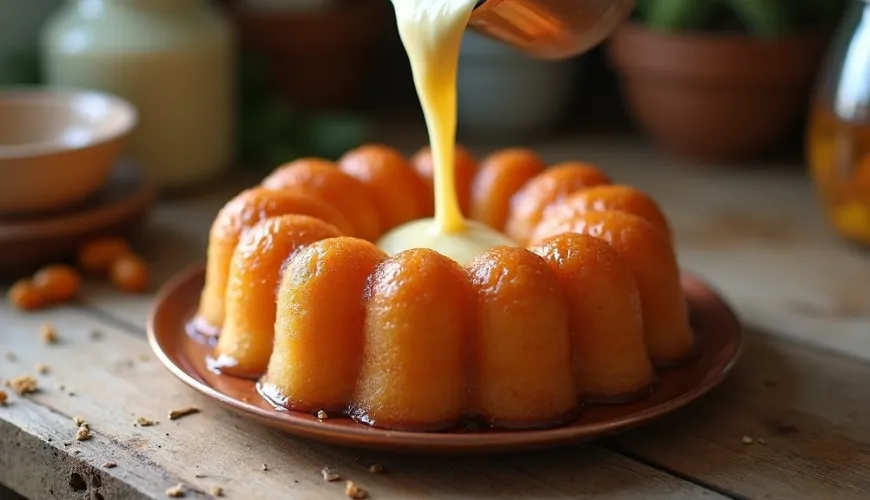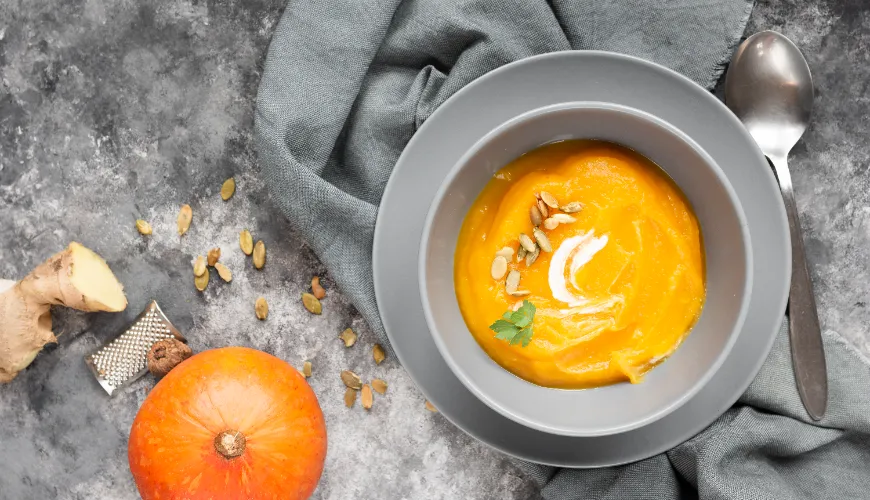
How to Properly Bake Canelé and Enjoy Its Delicious Taste

The Secret to Perfect Canelé - A French Dessert Winning Hearts in the Czech Republic
In recent years, a completely unassuming yet unforgettable dessert has appeared on the Czech confectionery scene – canelé. Pronounced "kan-le", it originates from Bordeaux, France, where it has a tradition of over three hundred years. Although at first glance it appears to be an ordinary cupcake, it hides a surprise that makes it a luxurious delicacy – a caramelized crust and moist, almost pudding-like interior with a delicate vanilla and rum aroma.
Today, it's no longer a problem to prepare canelé at home. But to achieve a truly worthwhile result, you need to know a few principles – from the right recipe to choosing the perfect canelé mold. What does this unique dessert entail, and why has it become so popular?
What is canelé and why do the French hold it in high regard?
Canelé is a small French dessert traditionally prepared from a batter similar to pancake batter – it contains milk, flour, sugar, eggs, butter, real vanilla, and rum. However, it is not an ordinary cake. The secret lies in the unique baking technique. Canelé is baked in special molds, often made of copper, which are pre-greased with beeswax or butter. This creates a dark caramelized crust on the outside while the inside remains incredibly soft and moist.
In France, canelé can be found almost on every corner, especially in the Bordeaux region, from where they originate. Various stories about their origin circulate – one attributes them to monasteries, while another to winemakers who donated surplus egg yolks to cooks.
Interestingly, although canelé is considered a simple dessert, its preparation is actually quite demanding in terms of precision and patience. Its charm lies in the contrast between the crispy exterior and the almost creamy interior – and this can only be achieved through several key steps.
Canelé Recipe - Few Ingredients, Lots of Patience
The basic canelé recipe is not complicated. You will need the following ingredients:
- 500 ml whole milk
- 60 g butter
- 2 eggs + 2 yolks
- 200 g sugar
- 120 g all-purpose flour
- 1 vanilla bean (or quality vanilla extract)
- 50 ml quality dark rum
The process begins with heating the milk with butter and scraped vanilla bean – the mixture should be just slightly warm, not boiling. Eggs are mixed with sugar and flour, then the warm milk is gradually incorporated, and finally, the rum is added. The resulting batter is liquid and needs to rest in the refrigerator – ideally for at least 24, but even 48 hours. This resting period gives canelé its characteristic interior.
Before baking, it is important to stir the batter again and pour it into the greased mold – and here we come to perhaps the most important point of the entire process.
The Canelé Mold - Why Is the Choice So Important?
The mold is not just a question of aesthetics. The right canelé mold is the key to the desired result. Traditionally, copper molds are used, which conduct heat excellently and allow for the creation of that typical, dark caramelized crust. Copper molds are often greased with a mixture of butter and beeswax – this not only helps release the batter from the mold but also adds a distinctive flavor and shiny appearance.
However, real copper molds are not cheap and require special care. Therefore, today you often encounter alternatives – silicone canelé molds or non-stick metal molds with a Teflon coating are commonly available and easier to maintain. Still, among confectioners, it is generally accepted that no mold can match the quality of a copper one.
From the experience of some home bakers in the Czech Republic, even with Teflon molds, you can achieve very good results if you carefully maintain the baking temperature and grease the molds properly.**
Baking - Crispy Alchemy
The actual baking of canelé is another chapter. The batter is usually baked at a high temperature (220–240 °C) for the first 10–15 minutes to create a crust, then the temperature is reduced to 180 °C and baked for another 45–60 minutes depending on the size of the molds. The result should be a dessert with a dark golden to brown crust that crunches when bitten into, and an interior reminiscent of custard or flan.
One of the biggest mistakes beginners make is not baking the batter long enough – canelé then won't have a crust and will instead "deflate" like cupcakes. Some may find this to be burnt, but that dark color is the goal, not a flaw.
On social media, posts from home bakers often describe the joy of their first successful canelé: "The sound when you bite into the crust, and then the softness inside – it's just magic," writes one on Instagram.
How to Serve and How Long They Last
Canelé is best fresh, ideally on the day it was baked. The crispness of the crust softens over time. However, cooled canelé can be kept for 2–3 days at room temperature in an airtight container. Unlike many other desserts, we do not recommend storing them in the refrigerator, as it disrupts the texture and flavor.
They are served either on their own or with a cup of espresso, tea, or a glass of dessert wine – ideally from the same region from which they originate. In France, it is common to serve canelé as part of a festive table or as a small dessert with coffee in higher-end restaurants.
Why Canelé is the Ideal Dessert for Slow Baking
In a time when the world spins ever faster, many people turn to baking as a way to slow down and engage in a ritual. And canelé is a symbol of patience and precision. It is not a dessert ready in an hour – it is a process that requires planning, waiting, and precision. But the result is worth it.
In addition to being an aesthetically irresistible dessert, canelé is also a small ritual – choosing the right ingredients, preparing the batter, waiting two days, baking with utmost care. And then? Then comes that first crunchy bite that rewards all the waiting.
Whether you embark on making canelé out of pure curiosity or come to love it as your sweet specialty, one thing is certain – the canelé mold and quality ingredients are the absolute foundation of success. And if the thought of working with copper molds intimidates you, start with quality silicone or metal ones and gradually work your way up.
In conclusion, it remains to quote the famous French chef Raymond Blanc: "The best things in life often come in small packages." And canelé is proof of that.

